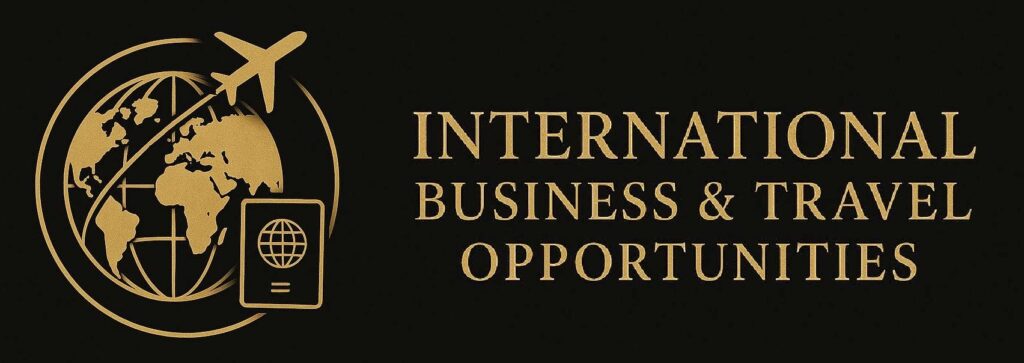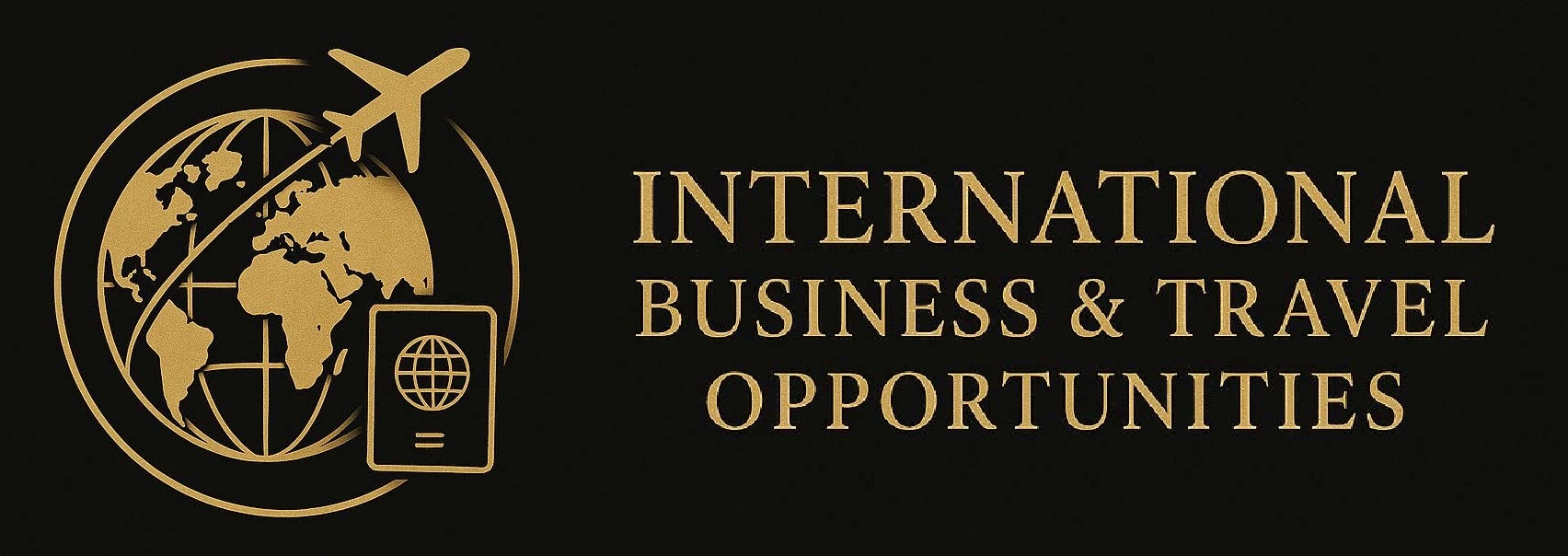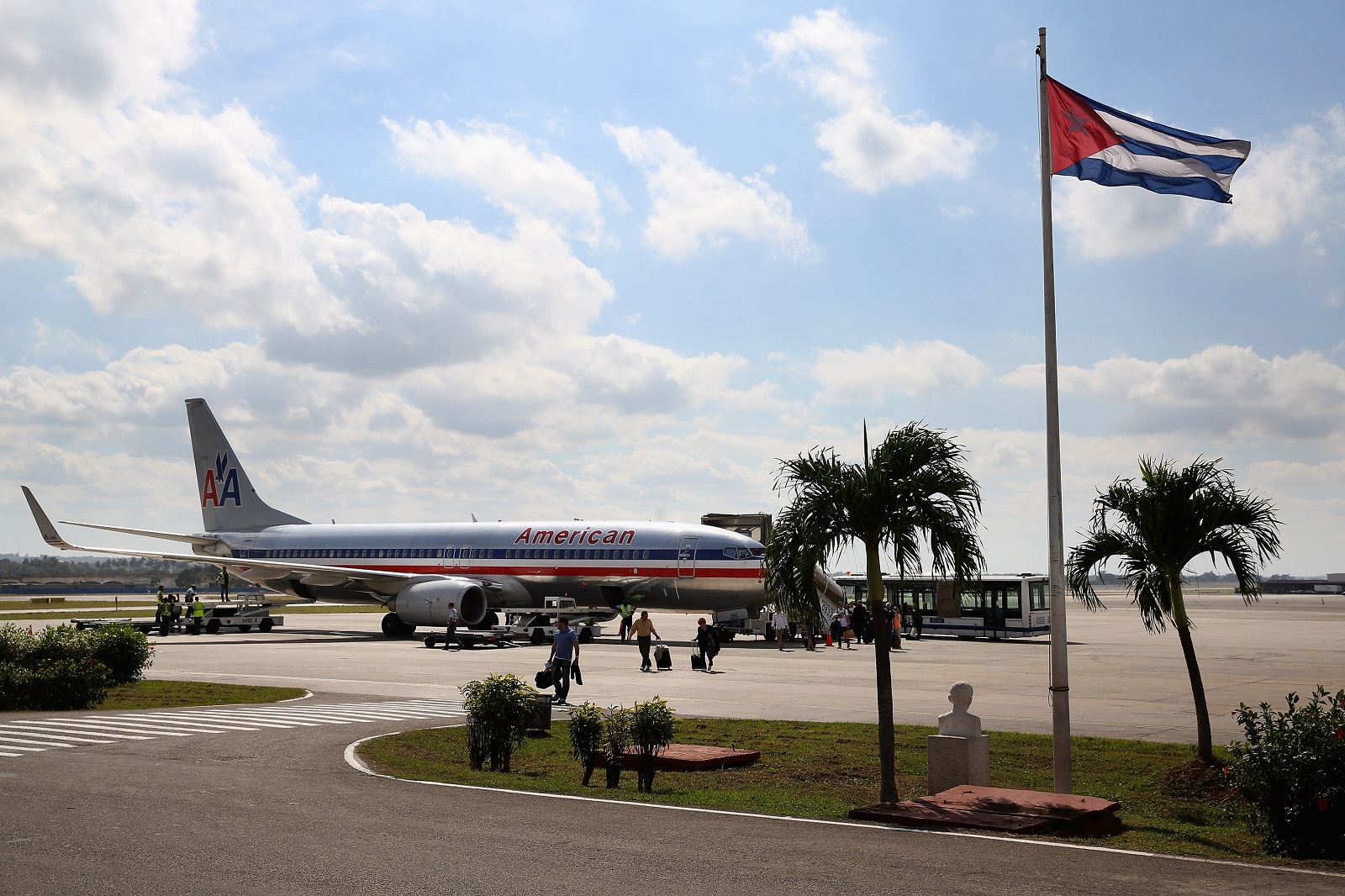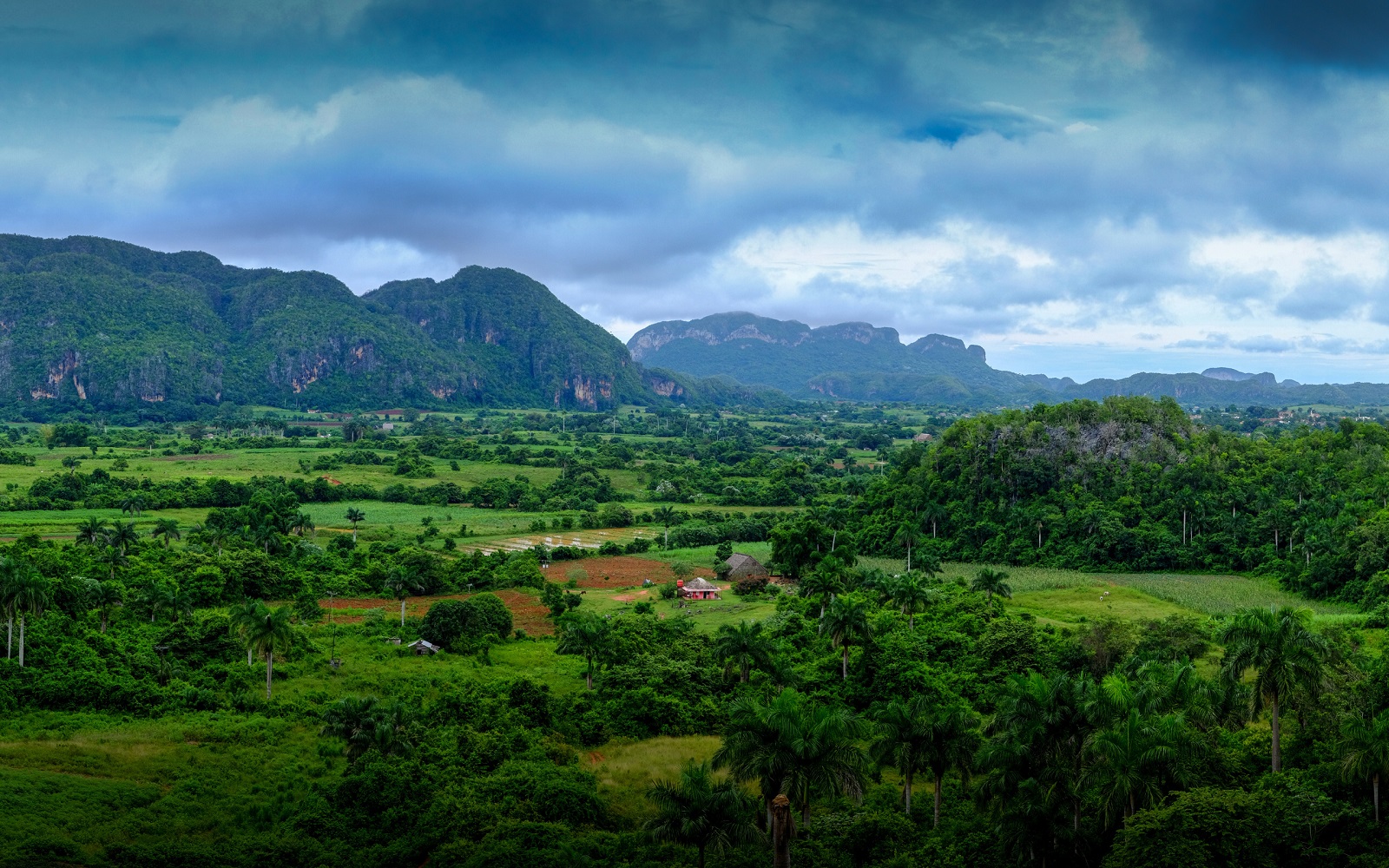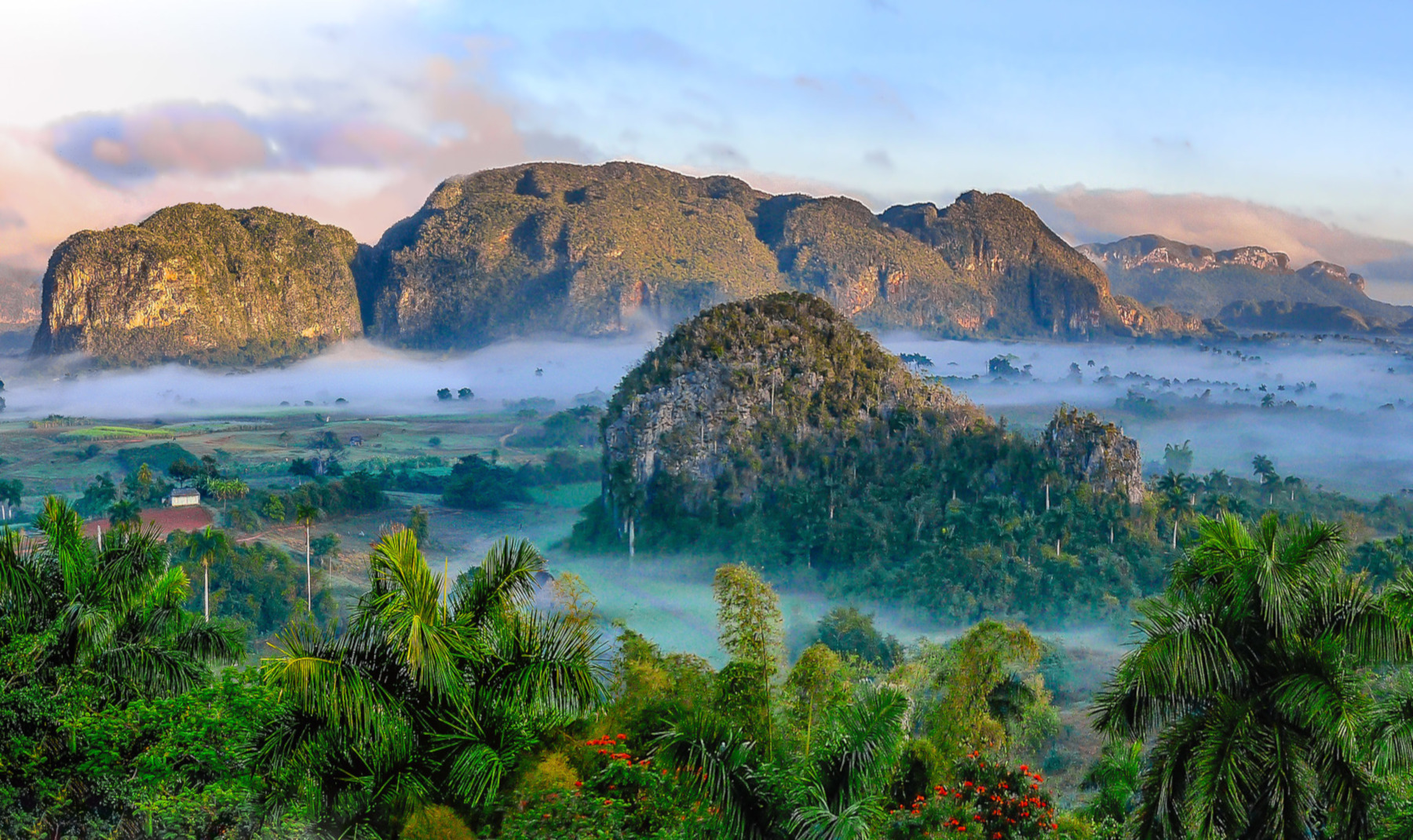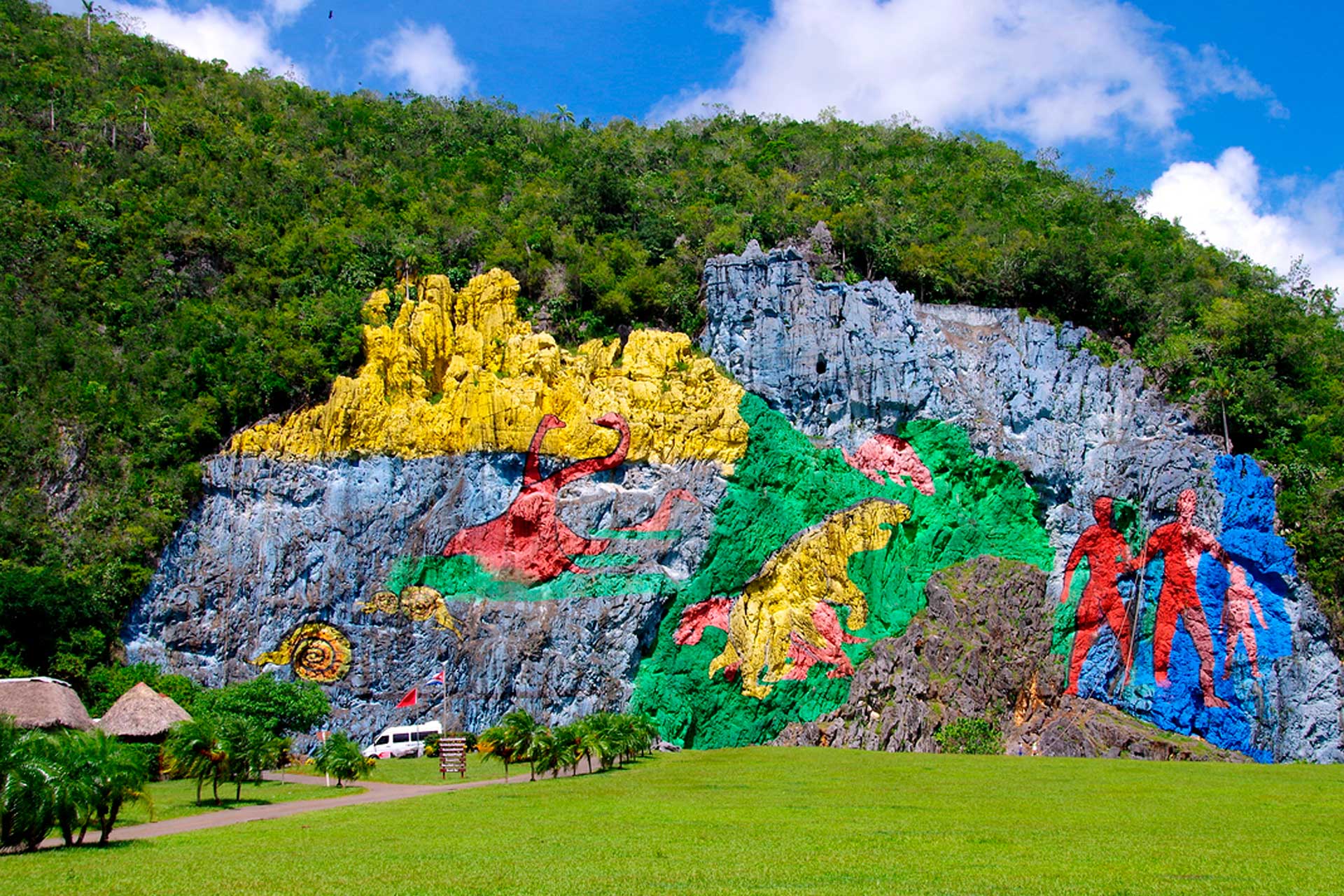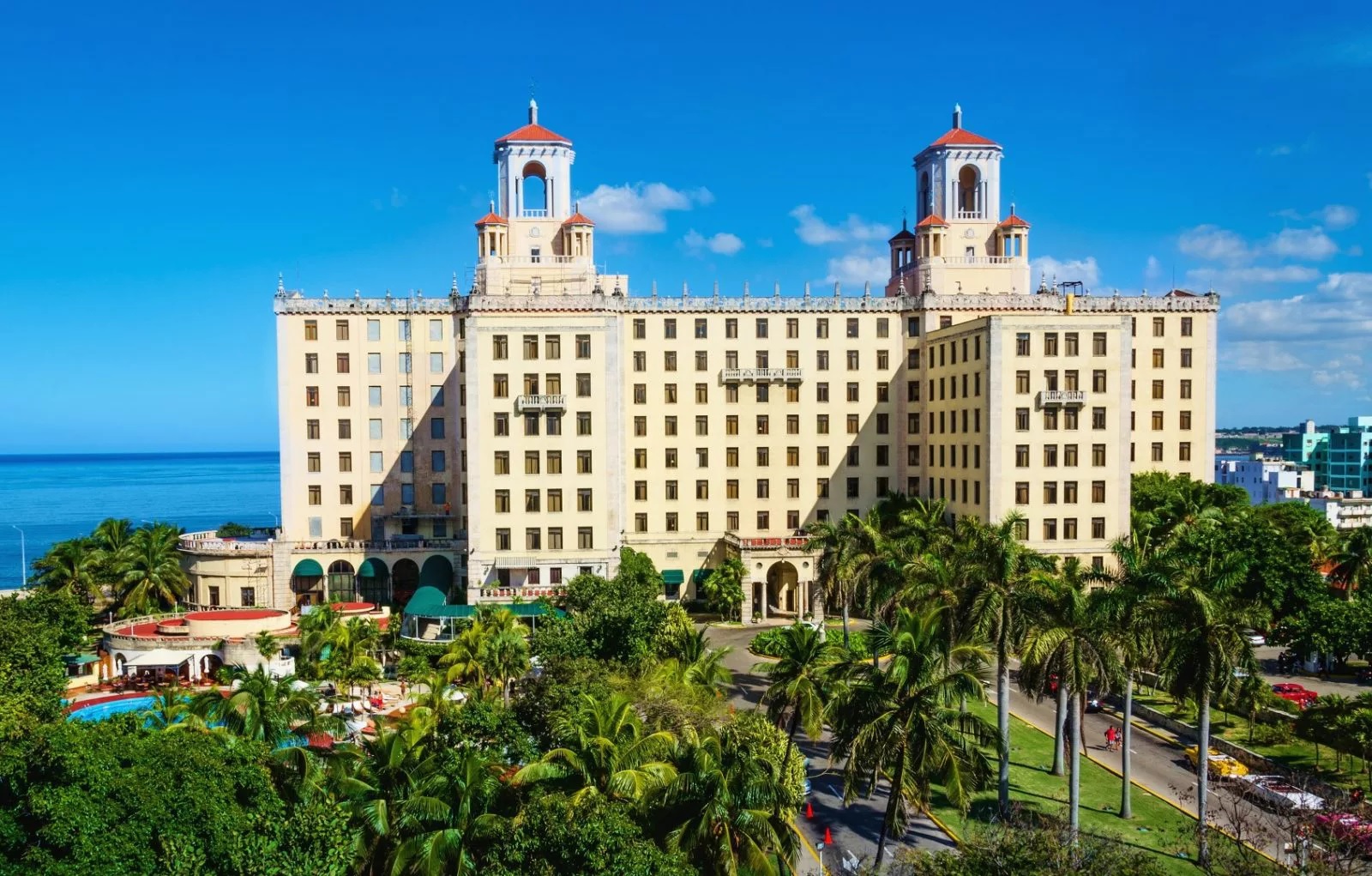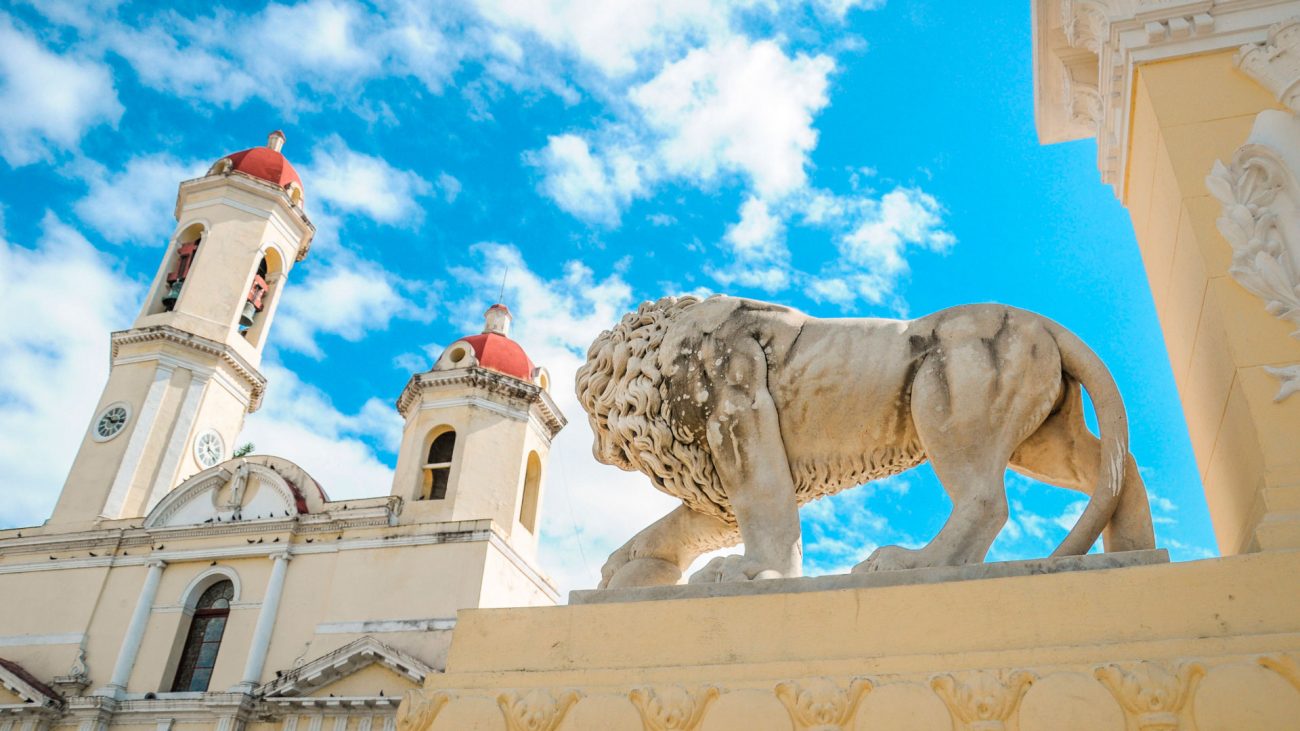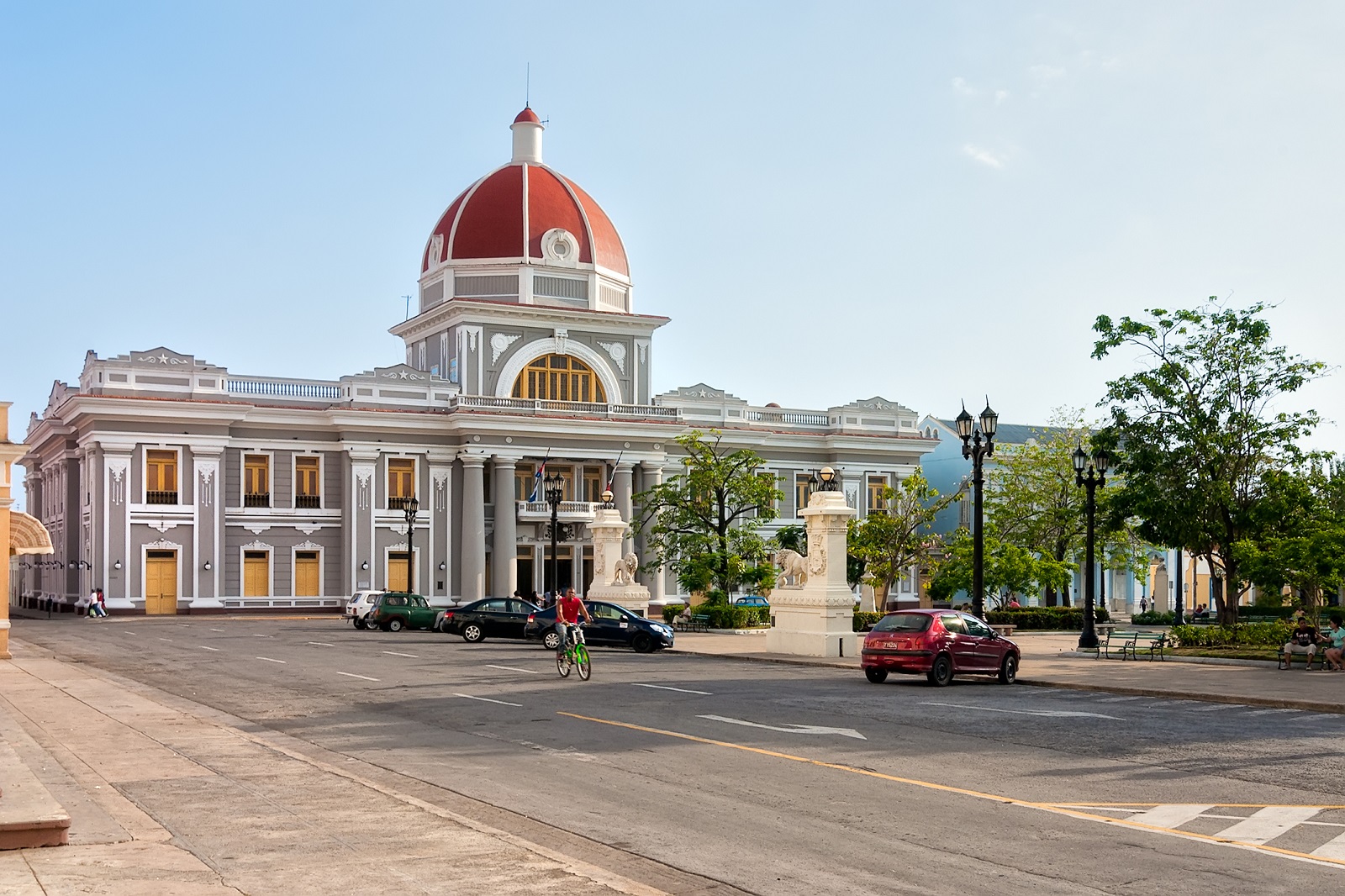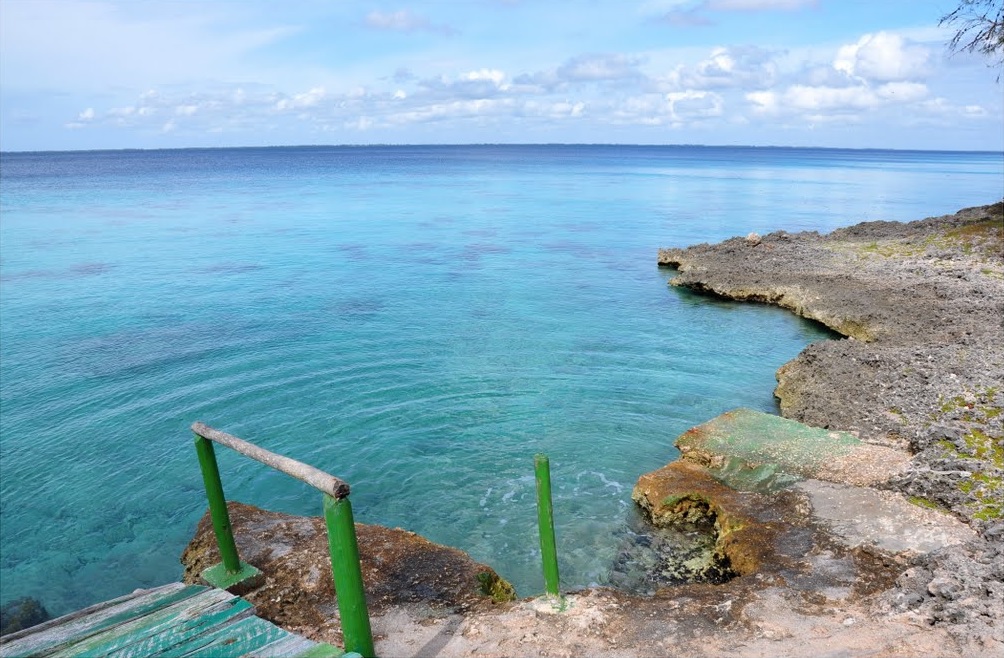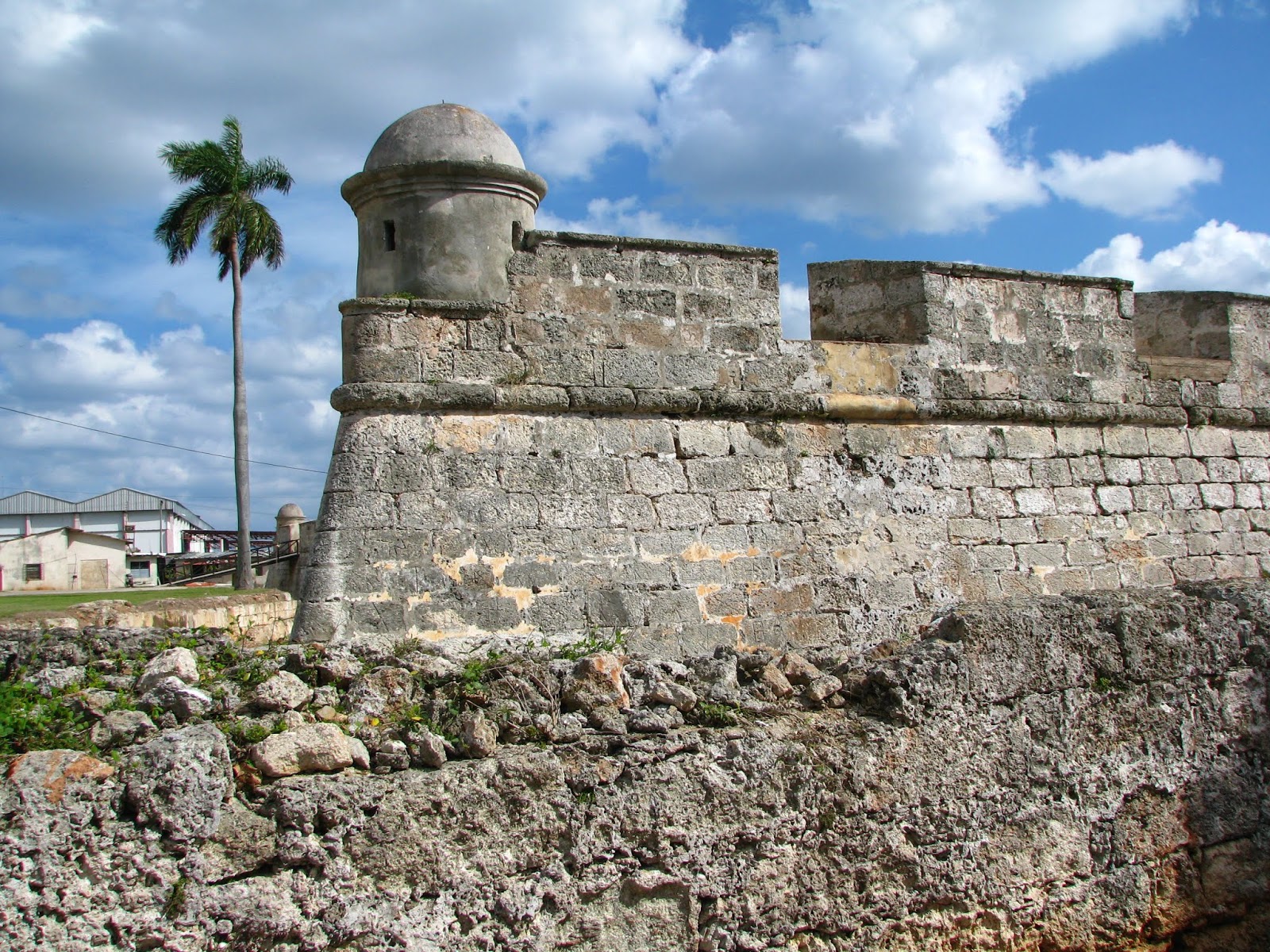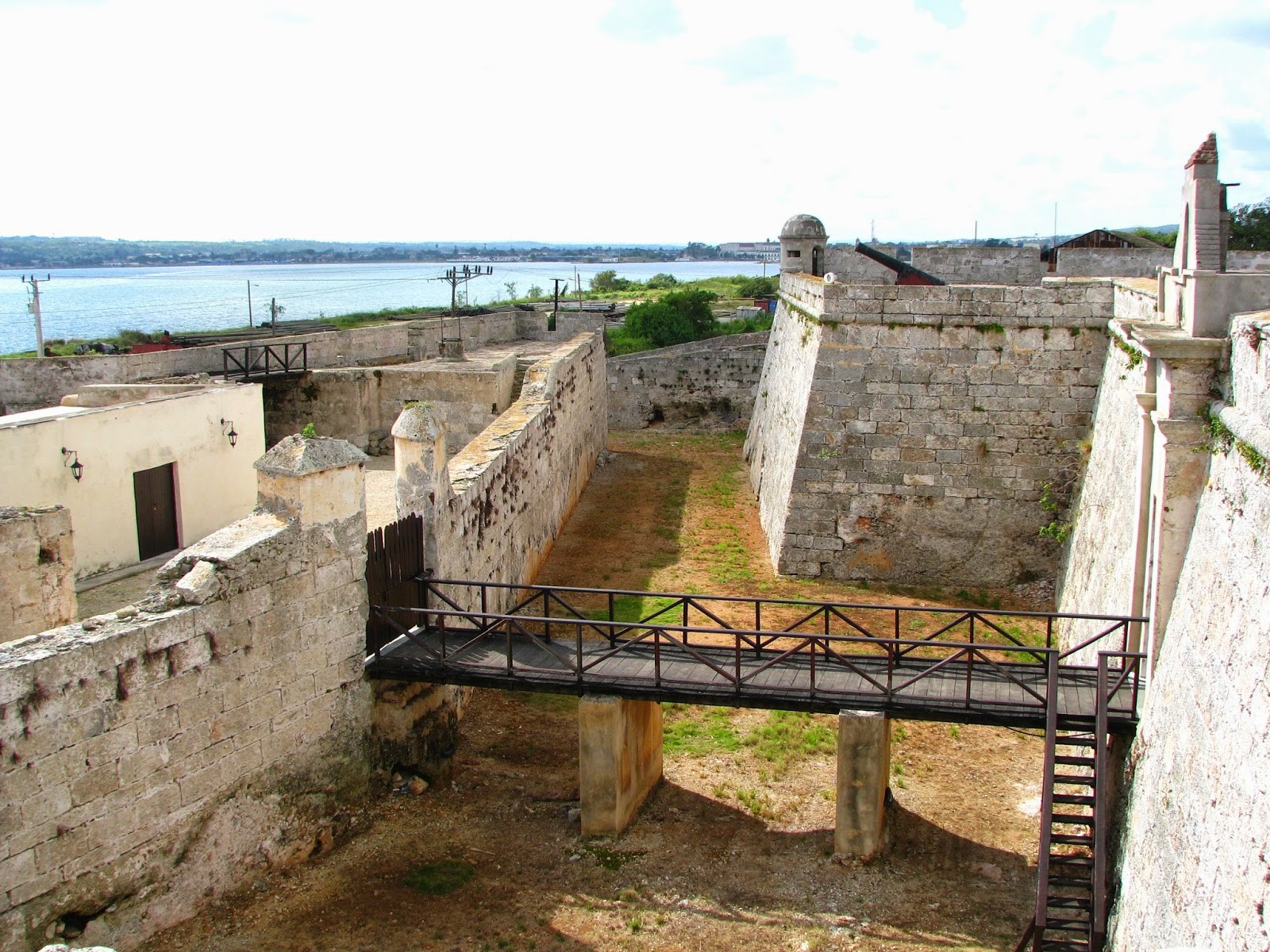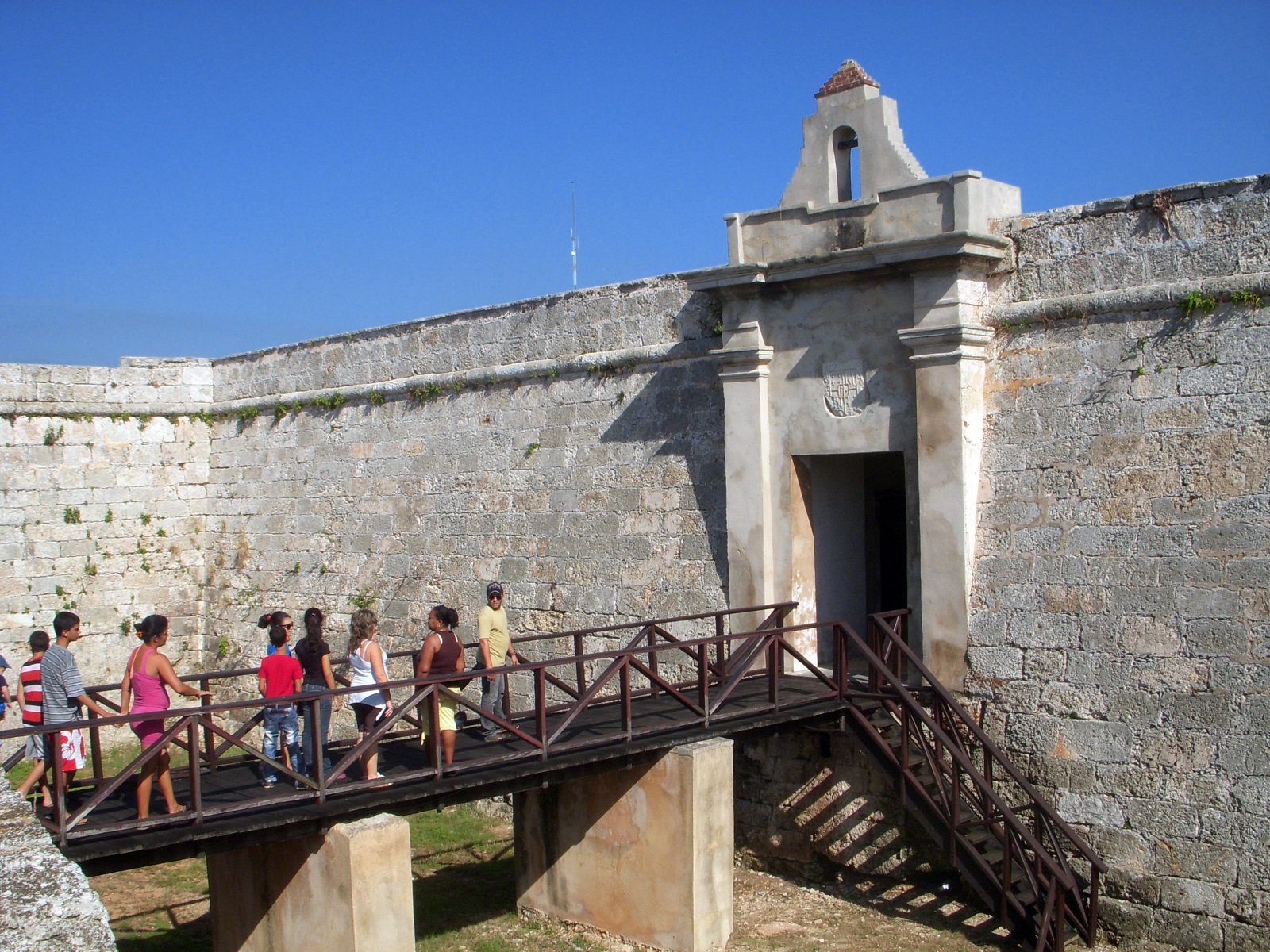- Description
- Itinerary
- Extension
- Additional info
- Questions
Havana was founded in 1519 (third location, officially established by nowadays Havana Bay) by spanish Conquistador Diego Velazquez de Cuellar and soon became the capital city of Cuba after turning into the main business operation hub of the island due to its geographical location. Havana has the most complete architectural compound in Latin America (out of all former Spanish colonial colonies) and is a melting pot of Spanish, Cuban, African and Chinese heritage.
The Viñales Valley in the Sierra de los Organos near the western end of the island of Cuba is an outstanding karst landscape encircled by mountains and dotted with spectacular dome-like limestone outcrops (mogotes) that rise as high as 300 m.
Tobacco and other crops are cultivated on the bottom of the valley, mostly by traditional agricultural techniques. Many caves dot the surrounding hills faces (Cueva del Indio is one example of them).
The conspicuous limestone cliffs rising like islands from the bottom of the valley are called Mogotes. They can be up to 300m tall.
Viñales is a major tourist destination offering mainly Hiking and rock climbing. The local climbing scene has started to take off in the last few years with many new routes being discovered resulting in an increase in local tourism.
The 1961 Bay of Pigs invasion begins when a CIA-financed and -trained group of Cuban refugees’ lands in Cuba and attempts to topple the communist government of Fidel Castro. The attack was an utter failure.
Cienfuegos is a city 3 and a half hours away from Havana -the only one founded by French settlers on the island-on Bahía de Cienfuegos, a bay on Cuba’s south coast. It’s known for its colonial-era buildings (most neoclassical city in Cuba). City of Cienfuegos was declared a site of the world heritage by UNESCO in 2005
City tour of Trinidad, day in the city (known as the city of Museums, the best-preserved colonial city in Cuba)
Trinidad, city, central Cuba. It lies on the southern slopes of the Sierra de Trinidad, north of its Caribbean Sea port, Casilda. Trinidad was founded in 1514 by Diego Velázquez de Cuéllar.
UNESCO had little to ponder when it declared the colonial core of the town a World Heritage Site in 1988.
Remedios also known as San Juan de los Remedios, is a city and municipality located 3 miles (4.8 km) from the northern coast of Cuba, in the center of the island. It is the oldest Spanish settlement in the former Las Villas province. It is now part of the province of Villa Clara
It was declared a City by Isabella II of Spain, when the island was still a colony. Remedios is known as the Cradle of the Parrandas, possibly the Caribbean’s largest and oldest traditional festival. Its patrons are John the Baptist and the Virgin of Buen Viaje.
Camagüey was founded as Santa María del Puerto del Príncipe in 1514, by Spanish colonists led by Diego Velázquez de Cuéllar at a location now known as Nuevitas on the northern coast. It was one of the seven original settlements (villas) founded in Cuba by the Spanish
Santiago de Cuba is the capital of Cuba’s southeastern Santiago de Cuba Province, facing a bay off the Caribbean Sea. Founded by the Spanish in 1515, it’s known for colonial architecture and revolutionary history. The city’s distinctive Afro-Cuban cultural influences are on display during July’s Carnaval, a festival with drum-beating parades featuring colorful costumes and son dancing, a precursor to salsa.
This is the second largest city in the country, it nestles in a valley of the Sierra Maestra that is pierced by a pouch-shaped bay on the Caribbean Sea. The bay’s entrance, cutting into high bluffs that rise from the sea, is nearly invisible offshore.
Holguín is a city in eastern Cuba. In the center is sprawling Parque Calixto García, with a statue of the eponymous 19th-century general. Museo de Historia Provincial, in a colonial barracks, has artifacts including the Hacha de Holguín, a 15th-century carved axe head. The Museo de Historia Natural has a large collection of plant specimens and stuffed birds and animals. San Isidoro Cathedral has 2 red-domed towers.
Prices:
- $4,500 USD per person, staying in Single room
- $4,305 USD per person, staying in Double room
- $4,086 USD per person, staying in Triple room
- Price for 5-star hotels during low season, high season prices will have a higher rate to be quoted upon request.
- Prices based on a 21-person group, if the group is smaller price will have to be revised
Included
- As described in the day-by-day itineraries
Not included
- Tips of any kind (maids, tour guides, drivers) personal expenses at hotel facilities, personal expenses of any kind, meals and services not mentioned in itinerary
Departure location / Return location
- Trips leaving from and returning to Miami International Airport, Miami, Florida
Day 1 – Arrival in Havana
- Arrival in Havana including assistance at Airport and Transfer In to 5-star National hotel
- The Hotel Nacional de Cuba is a historic Spanish eclectic style hotel in Havana (art deco more prevalent), Cuba, which opened in 1930. Located on the sea front of the Vedado district, it stands on Taganana Hill, offering commanding views of the sea and the city. This hotel was the cradle of the Cuban and the American Mafia in the 1940’s and 1950’s.
- Welcome Dinner at Paladar La Guarida or similar choice
- La Guarida began to acquire its lofty reputation in the 1990s, when it was used as a location for the Oscar-nominated Fresa y chocolate. Regularly refined in the years since, the food is still up there with Havana’s best, with the restaurant’s pioneering brand of nueva cocina cubana driving both classic dishes (ropa vieja; shredded beef) and those that are unusual for Cuba (lamb tikka masala).
- Recommendations for the evenings include world-famous Tropicana cabaret (the Moulin Rouge of Cuba), Casa de la Musica (there are a few salsa venues in town), Cabaret Parisien, La Zorra y el Cuervo (Jazz), among many others, reservations can be made through your tour-guide or at the hotel sales bureau in the lobby.
Included: Accommodation, transportation, English-speaking tour guide and Welcome Dinner
Day 2 – Get to know Havana city
- City tour of Old Havana. Founded in 1519 under the name of Villa de San Cristobal de La Habana, Old Havana is the historical center of the Cuban capital of Havana. … Much of Havana Vieja was constructed during the Spanish colonial time period which is apparent in the city’s baroque and neoclassical architecture.
- Lunch at local Paladar. (Paladar is a term that in Spanish translates literally to «palate» and used with that meaning in the Spanish speaking world, however in Cuba is used exclusively to refer to restaurants run by self-employers. Mostly family-run businesses, paladares are fundamentally directed to serve as a counterpart to state-run restaurants for tourists seeking a more vivid interaction with Cuban reality, and looking for homemade Cuban food).
- Afternoon tour of New Havana (bus with driver and English-speaking tour guide included).
- Old and Center Havana grew up to the end of the 1800’s, New Havana will cover architecture and history after Cuba became an independent Republic in 1902.
- Drive back to hotel, rest of evening at leisure
- Recommendations for the evenings include world-famous Tropicana cabaret (the Moulin Rouge of Cuba), Casa de la Musica (there are a few salsa venues in town), Cabaret Parisien, La Zorra y el Cuervo (Jazz), among many others, reservations can be made through your tour-guide or at the hotel sales bureau in the lobby.
Included: Accommodation with breakfast, guided tour of Old and New Havana, lunch
Day 3 – Excursion to Viñales Valley
- Excursion to Viñales Valley – 2 & ½ hours away from Havana -(Oldest Geological region in Cuba dating back to Jurassic Period- stop at lookout point, visit Indian Cave, Mural de la Prehistoria, Tobacco Farm, Viñales Town). Lunch at Finca Paraiso. Back to Havana the same day at the end of the day. This will include Transportation, Tour Guide service.
- The Viñales Valley in the Sierra de los Organos near the western end of the island of Cuba is an outstanding karst landscape encircled by mountains and dotted with spectacular dome-like limestone outcrops (mogotes) that rise as high as 300 m.
- Tobacco and other crops are cultivated on the bottom of the valley, mostly by traditional agricultural techniques. Many caves dot the surrounding hills faces (Cueva del Indio is one example of them).
- The conspicuous limestone cliffs rising like islands from the bottom of the valley are called Mogotes. They can be up to 300m tall.
- Viñales is a major tourist destination offering mainly Hiking and rock climbing. The local climbing scene has started to take off in the last few years with many new routes being discovered resulting in an increase in local tourism.
- Drive back to hotel and rest of evening at leisure
- Recommendations for the evenings include world-famous Tropicana cabaret (the Moulin Rouge of Cuba), Casa de la Musica (there are a few salsa venues in town), Cabaret Parisien, La Zorra y el Cuervo (Jazz), among many others, reservations can be made through your tour-guide or at the hotel sales bureau in the lobby.
Included: Accommodation with breakfast. Full-day excursion to Viñales valley with Lunch. Entrance Fees to places
Day 4 – Center of Cuba and Cienfuegos
- Early departure towards Cienfuegos city passing through the Bay of Pigs area.
- The 1961 Bay of Pigs invasion begins when a CIA-financed and -trained group of Cuban refugees lands in Cuba and attempts to topple the communist government of Fidel Castro. The attack was an utter failure.
- Visit the museum of the invasion of Bay of Pigs and continue drive to Cienfuegos city
- Drive to Cienfuegos (Cienfuegos is a city 3 & ½ hours away from Havana -the only one founded by French settlers on the island-on Bahía de Cienfuegos, a bay on Cuba’s south coast. It’s known for its colonial-era buildings. On the central square, called Parque José Martí, Tomás Terry Theater has gold-leaf mosaics and ceiling frescoes.
- Lunch at a local Paladar
- Visit the city of Cienfuegos
- The Provincial Museum explores the city’s colonial history. The Arco de Triunfo commemorates Cuban independence. Ferries cross the bay to Castillo de Jagua, an 18th-century fortress.) –
- City of Cienfuegos was declared a site of the world heritage by UNESCO in 2005
- Drive on to Trinidad City (an hour & 15 minutes away from Cienfuegos). Accommodation in Trinidad
Included: Accommodation with breakfast, transportation, tour guide service, Museum of Bay of Pigs, Lunch, entrance to Thomas Terry Theater, visit art gallery
Day 5 – Trinidad City
- City tour of Trinidad, day in the city (known as the city of Museums, the best-preserved colonial city in Cuba)
- Trinidad, city, central Cuba. It lies on the southern slopes of the Sierra de Trinidad, north of its Caribbean Sea port, Casilda. Trinidad was founded in 1514 by Diego Velázquez de Cuéllar.
- UNESCO had little to ponder when it declared the colonial core of the town a World Heritage Site in 1988.
- Visit Museo Romantico, former Mansion of a local sugar baron
- Lunch at a local Paladar
- Continue walking tour in the afternoon, visiting art galleries and local flea markets
- Drive back to hotel and rest of the day at leisure (do not miss La Casa de la Musica in Trinidad, Cuban traditional music at its peak)
Included: Accommodation with breakfast, transportation and tour guide service, lunch, visit to museum
Day 6 – Drive to Camaguey city
- Early departure from Trinidad city, Stop at Manaca Iznaga Tower by Valle de los Ingenios, sugar cane valley where 70% of the sugar in Cuba was produced
- The Manaca Iznaga tower in Cuba’s Valle de los Ingenios was erected in 1750 in order to observe and control the slaves working in the sugar cane fields around the hacienda (or plantation). … The Manaca Iznaga Tower is the tallest lookout tower ever built in the Caribbean sugar region.
- Stop for Lunch/snacks in Ciego de Avila Province on your own. (clients pay). Check-in at Gran Hotel in Camaguey. Walking tour of the city covering the oldest Plazas, catacombs of Church by founding site, among many other interesting sites.
- Camagüey was founded as Santa María del Puerto del Príncipe in 1514, by Spanish colonists led by Diego Velázquez de Cuéllar at a location now known as Nuevitas on the northern coast. It was one of the seven original settlements (villas) founded in Cuba by the Spanish
- Transfer back to Hotel. Rest of evening at leisure, driver/guide will give recommendations for dinner and Camaguey’s nightlife.
Included: Accommodation with breakfast, transportation and tour guide services
Day 7 – Drive to Santiago de Cuba
- Bayamo was founded as San Salvador de Bayamo in 1513. In colonial times Bayamo was one of Cuba’s most important cities, and it was the scene of several uprisings, including the independence movement of 1895.
- 9:00 a.m. Drive to Santiago de Cuba city going through Bayamo city. Lunch at Royalton restaurant or similar Paladar Choice (clients will pay) and a brief walking tour of the city. Visit city museum, former birth house of the Father of the Cuban Nation Carlos Manuel de Cespedes.
- Drive down to Santiago de Cuba. Stop and visit Ermita de la Caridad.
- Our Lady of Charity, also known as Our Lady of El Cobre, Nuestra Senora de la Caridad del Cobre or «la Virgen de la Caridad», is a popular Marian title of theBlessed virgin Mary known in many Catholic countries.
- Several known Marian images with the same title exist around the world while a particular Hispanic image is pontifically designated by Pope Benedict XV as the Patroness of Cuba. The present image, of the Madonna and child, is enshrined in the National shrine Basilica of the Lady of el Cobre, built in 1926 and situated in the village El Cobre, near santiago de Cuba. Pope Pius XI granted a Canonical Coronation for the image on 20 December 1936. The feast day of Our Lady of Charity is September 8; the solemn Nativity of the Blessed Virgin Mary.
- Drive El Moncada Barracks, The Moncada Barracks was a military barracks in Santiago de Cuba, named after the General Guillermón Moncada, a hero of the Cuban War of Independence. On 26 July 1953, the barracks was the site of an armed attack by a small group of revolutionaries led by Fidel Castro.
- Revolution Square Antonio Maceo, A giant historic plaza of Havana. The open space stretches far and wide and serves as a prominent place for large-scale political rallies, public events, and even concerts. Today the square is home to numerous government monuments and buildings.
- And San Juan Hill, The San Juan heights was a north-south running elevation about 2 kilometres (1.2 mi) east of Santiago de Cuba, Cuba. The names San Juan Hill and Kettle Hill were given to the location by the Americans. This fight for the heights was the bloodiest and most famous battle of the war.
Included: Check-in at 5-star Melia Santiago hotel, Dinner at restaurant Zunzun or similar choice, Guide will give recommendations for dinner and Santiago’s nightlife. Quote Price will include cost of Accommodation with breakfast, transportation, tour guide service, museum of Carlos Manuel de Cespedes, Lunch, and Dinner
Day 8 – A day in Santiago de Cuba
- 9:00 a.m. Walking tour of Santiago de Cuba city. Visit to museum of colonial ambiance (Diego Velazquez house, considered the oldest still standing house on the island), go to Balcon de Velazquez, El Tivoli former French quarter, Unique Padre Pico street, Carnival museum and Dolores Plaza. Lunch at El Morro castle and subsequent visit to the fortress. Visit to the only Piracy museum and The US – Spanish war museum.
- Santiago de Cuba is the capital of Cuba’s southeastern Santiago de Cuba Province, facing a bay off the Caribbean Sea. Founded by the Spanish in 1515, it’s known for colonial architecture and revolutionary history. The city’s distinctive Afro-Cuban cultural influences are on display during July’s Carnaval, a festival with drum-beating parades featuring colorful costumes and son dancing, a precursor to salsa.
- This is the second largest city in the country, it nestles in a valley of the Sierra Maestra that is pierced by a pouch-shaped bay on the Caribbean Sea. The bay’s entrance, cutting into high bluffs that rise from the sea, is nearly invisible offshore.
- Transfer back to the hotel to freshen up, Dinner at a local Paladar. Guide will give recommendations for dinner and Santiago’s nightlife.
Included: Accommodation with breakfast, transportation. Tour guide services, lunch, Dinner and Entrance fees to museums
Day 9 – Drive to Holguin City
- 8:00 a.m. Drive to Holguin City about 3 hours away from Santiago. Pitstops on the way, Check-in at Casa Particular in Holguin widely known in Cuba as the “city of parks”.
- Lunch at a local Paladar. Walking tour of Holguin in the afternoon, visit most parks in the center of town, walk to La Loma de la Cruz. Holguín is a city in eastern Cuba. In the center is sprawling Parque Calixto García, with a statue of the eponymous 19th-century general. Museo de Historia Provincial, in a colonial barracks, has artifacts including the Hacha de Holguín, a 15th-century carved axe head. The Museo de Historia Natural has a large collection of plant specimens and stuffed birds and animals. San Isidoro Cathedral has 2 red-domed towers.
- Rest of evening at leisure.
Included: Accommodation with breakfast, transportation, tour guide services and lunch
Day 10 – Drive to Havana through Santa Clara
- Morning Drive to Santa Clara about 5 hours away from Holguin. Tour Che Guevara Memorial and museum. Tour Parque Vidal (founding site of city) and surrounding neighborhoods.
- Continue drive to Santa Clara City where Che Guevara held the decisive battle against then Cuban president Fulgencio Batista (December 1958)
- Santa Clara. About a 4-hour drive from Havana, holds a special place in Cuba’s revolutionary history and it’s best known for its massive Che memorial
- Visit Che Guevara Memorial, Lunch at a local Paladar. Continue drive to Havana city. Quote Price will include cost of Accommodation with breakfast, lunch, Che Guevara Memorial.
Day 11 – A day in Havana City
- This is the perfect opportunity to mingle with the locals, souvenir shops, at the morning we will drive you to a souvenir shop for Cuban Cigars, rum and many more.
- Numerous gift shops and street markets all over the city are teeming with locally-produced handicrafts. Their most popular merchandise includes woodcarvings and statues, papier-mâché masks and religious figurines, as well as simple jewelry made from shells and seeds.
- Travelers will be free to wander around the city after the morning souvenir trip.
- 7:00 p.m. pick-up for Farewell Dinner at local Paladar San Cristobal
- San Cristóbal Paladar is an environment full of reminiscences that point to our culture and our heritage. The Havana of the 50s stalks us in every corner, in the meticulous composition of each dish. San Cristóbal transports those who visit it to the lost universes that still remain in the works of Lezama
- Former President Barack Obama dined here upon his visit to Havana
- Recommendations for the evenings include world-famous Tropicana cabaret (the Moulin Rouge of Cuba), Casa de la Musica (there are a few salsa venues in town), Cabaret Parisien, La Zorra y el Cuervo (Jazz), among many others, reservations can be made through your tour-guide or at the hotel sales bureau in the lobby.
Included: Accommodation with breakfast, transportation, tour guide service and Farewell Dinner
Day 12 – Departure Day
- Your driver and tour guide will take you (3 hours before your flight time) to Havana’s International Airport for Outbound Flight.
Included: Accommodation with breakfast, transportation and guide services
EXTENSION TO BARACOA CITY (ATT)
Baracoa is 5 hours away (one way) from Santiago de Cuba city to the east, including it in this itinerary would require 2 more days and an extra night and the cost of the trip (including transportation, tour guide, accommodation with breakfast, 2 lunches, 1 dinner, 2 entrance fees to museums) would increase in:
- $410 dollars per person, staying in Single room
- $316 dollars per person, staying in Double room
- $210 dollars per person, staying in Triple room
Baracoa, port city, eastern Cuba. … When the conquistador Diego Velázquez de Cuéllar colonized Cuba, he established the island’s first Spanish settlement at Baracoa in 1512. It was Cuba’s capital from 1518 to 1522. Cacao, coconuts, and bananas are grown in the surrounding area and are exported from the port.
Baracoa is a municipality and city in Guantánamo Province near the eastern tip of Cuba. It was visited by Admiral Christopher Columbus on November 27, 1492, and then founded by the first governor of Cuba, the Spanish conquistador Diego Velázquez de Cuéllar on August 15, 1511.
Things you need to know to be legal
- American residents and citizens require a valid passport from any country, a Cuban Visitor Visa, and mandatory Cuban emergency medical insurance to enter Cuba. Please check your expiration date of your passport and make sure it will not expire during the trip. Cuban emergency medical insurance is generally included in the cost of commercial airline flights. Confirm with your airline or we will check if we make the airline bookings.
- Cuban Visitor Visas are not generally included in the cost of your commercial flight ticket and must be purchased separately. How to purchase a Cuban Visitor Visa.
- Plan on spending money in Cuba carefully. Don’t get stuck in Cuba without funds. US credit and debit cards do not work in Cuba. Cash is king so plan according to your spending habits. Click here to learn about Cuba’s unique monetary system
- There is no limit on the amount of money you can spend in Cuba nor is there a limit on the value or quantity of items including alcohol and tobacco products that you bring home for personal use. Amounts exceeding US customs limits, including cigars and alcohol, are subject to US duties
- It is 100% legal to visit Cuba on private or public people-to-people tours.
Here are the things that can cause problems and get you in trouble
- Sneak into Cuba from a third country such as Mexico or Panama for individual travel.
- Lounge around all day and drink mojitos all night and do not follow an itinerary.
- Touristic travel such as sun tanning and relaxing on Cuba’s stunning beaches.
- Purchasing an all-inclusive beach junket from Canada, or joining a tour offered by a non-US company.
United states of America office of foreign assets control OFA
- If you have further questions about restrictions on Cuba travel or US sanctions against Cuba call OFAC directly at 1-800-540-6322 or visit the OFAC website
- OFAC allows for eleven other Cuba travel categories, each requiring paper work and documentation and are subject to scrutiny upon your return to the United States. Visit the OFAC website for more information on these categories of Cuba travel.
NOW THAT YOU KNOW IT IS LEGAL, LET’S START ARRANGING THE TRIP
To join a legal Cuba tour, click here or Email or call us +1-954-554-2404.
Leave us a message and we will answer your questions
